Technology innovation serves as the core driver of progress. Date: August 22, 2014, 13:15
The theory of corporate organizational innovation primarily explores the role of human elements in the innovation process. It emphasizes how the alignment between individuals and the organization is essential for fostering innovation within a company. According to Wolfe (1994), one of the key characteristics of organizational innovation capability lies in how an enterprise's internal structure influences its overall innovation outcomes. Unlike the concept of technological innovation, which focuses on technical advancements, the theory of organizational innovation highlights that human and social practices are fundamental to driving innovation.
Corporate organizational innovation encompasses several key components, including innovative talent, an innovation-driven culture, leadership strategies that promote creativity, and knowledge management systems that support continuous improvement. This theory emphasizes that individual contributions play a crucial role in the innovation process. Companies should therefore create environments where employees not only have the motivation but also the opportunities to engage in innovative activities.
Organizational innovation aims to provide the necessary conditions for individuals to thrive and contribute effectively. When enterprises foster such an environment, it naturally leads to tangible innovation outcomes. These outcomes serve as the primary indicators of an organization’s innovation capability. In practice, measuring innovation achievements can vary depending on the context, but common metrics include the quantity of new products, the speed of innovation, and the level of technological advancement—such as the introduction of novel or improved technologies.
These factors can be broadly categorized into two types: process innovation and product innovation. Another critical area of research in corporate innovation capability is technological innovation itself. The focus here is on how research and development (R&D) efforts influence a company’s ability to innovate and stay competitive in the market. By integrating both organizational and technological perspectives, companies can build a more comprehensive and sustainable innovation strategy.
Mop Frames And Handles
MICROFIBER MOP FRAME AND MOP HANDLE can be classified as a cleaning tool for floors. The frame is made of durable plastic and the handle is made of lightweight aluminum. The mop head is made of high-quality microfiber material that is super absorbent and can easily pick up dirt and dust.
The main function of this product is to clean floors effectively and efficiently. The microfiber material is gentle on floors and can be used on a variety of surfaces including hardwood, tile, and laminate. The mop frame and handle are easy to assemble and use, making cleaning a quick and hassle-free task.
The advantages of using MICROFIBER MOP FRAME AND MOP HANDLE include its ability to clean floors thoroughly without leaving streaks or residue. The microfiber material is also machine washable, making it easy to clean and reuse. Additionally, the lightweight design of the handle makes it easy to maneuver and reach difficult areas.
In summary, MICROFIBER MOP FRAME AND MOP HANDLE is a high-quality cleaning tool that is designed to make cleaning floors easy and efficient. Its microfiber material, lightweight design, and easy-to-assemble features make it an ideal choice for anyone looking to clean their floors quickly and effectively.
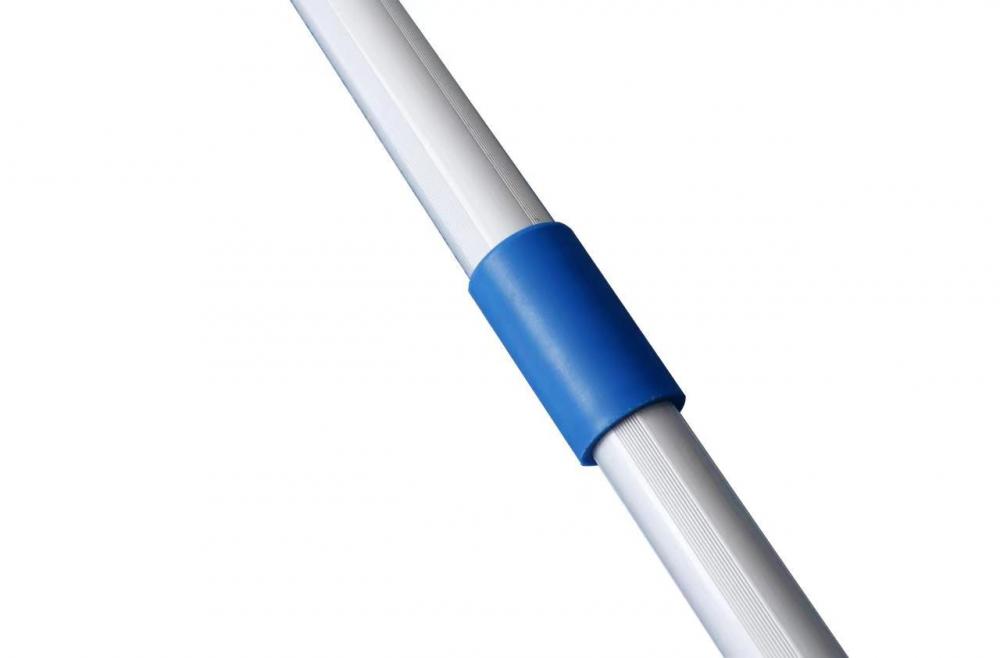
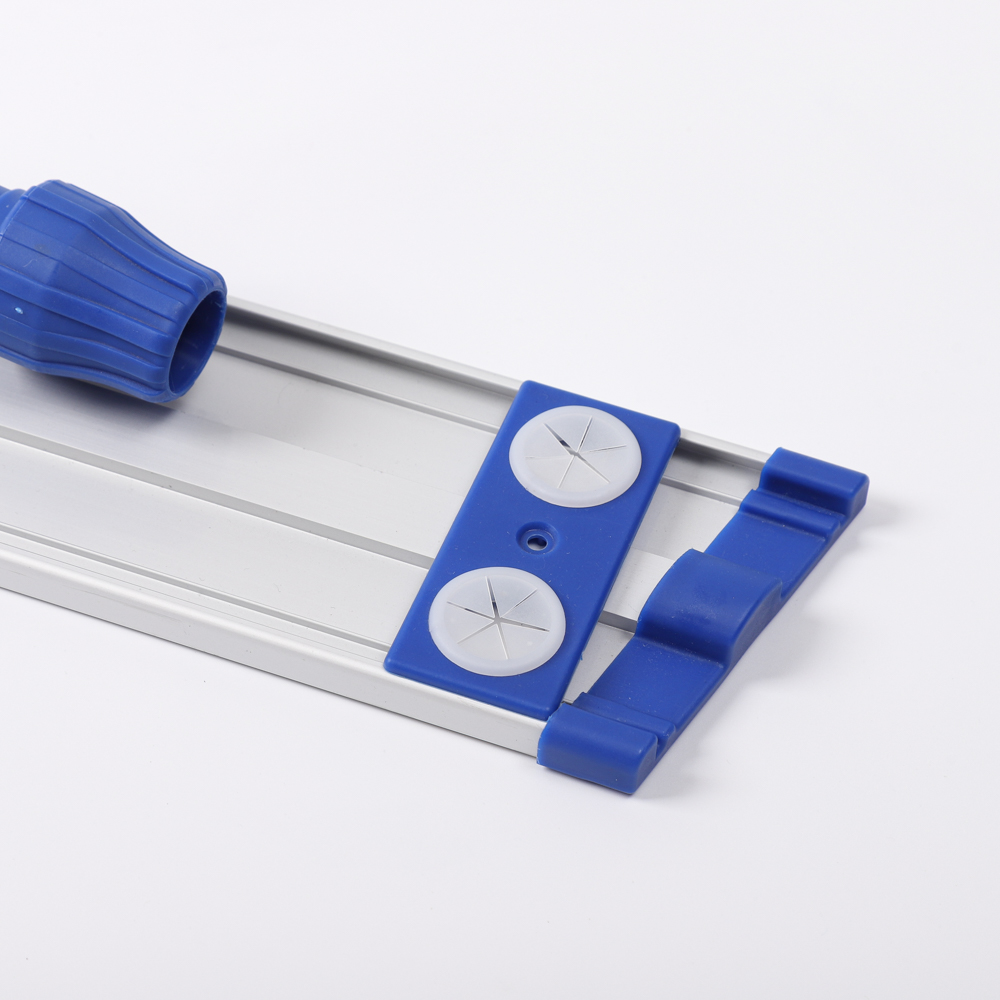
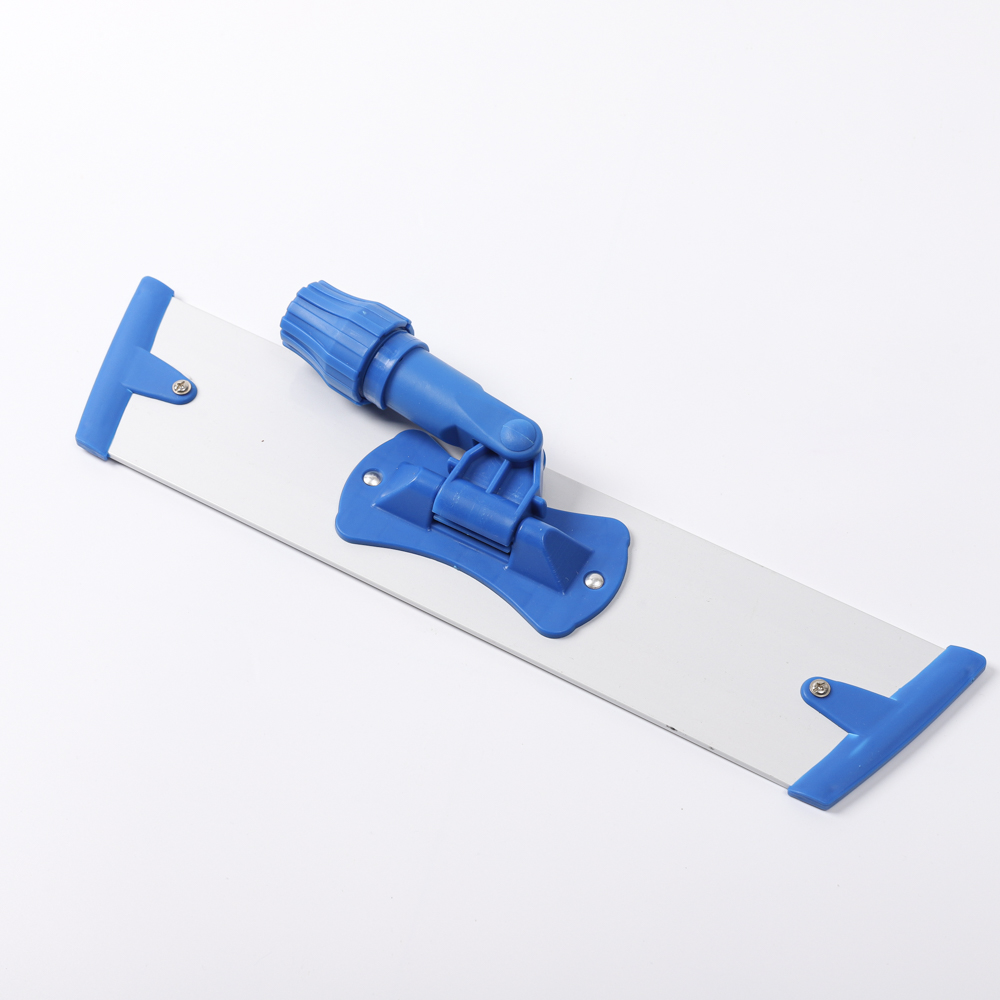
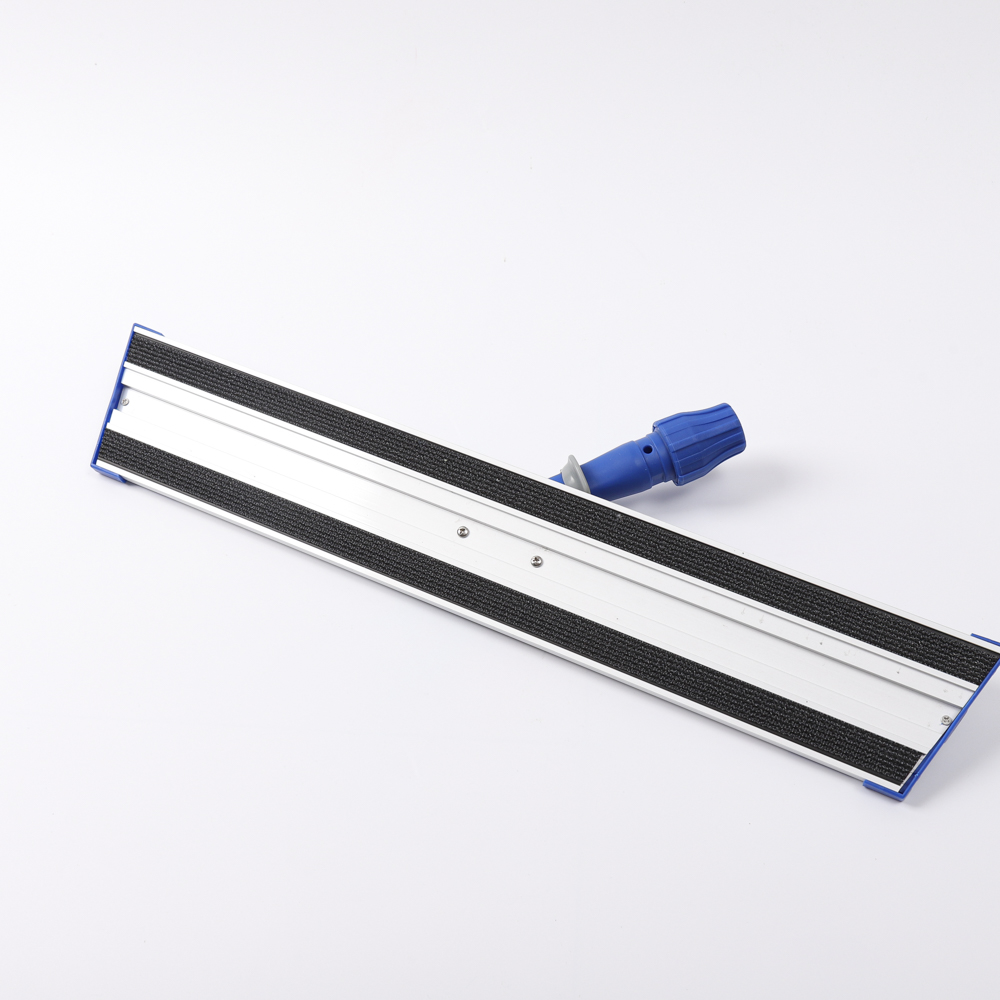
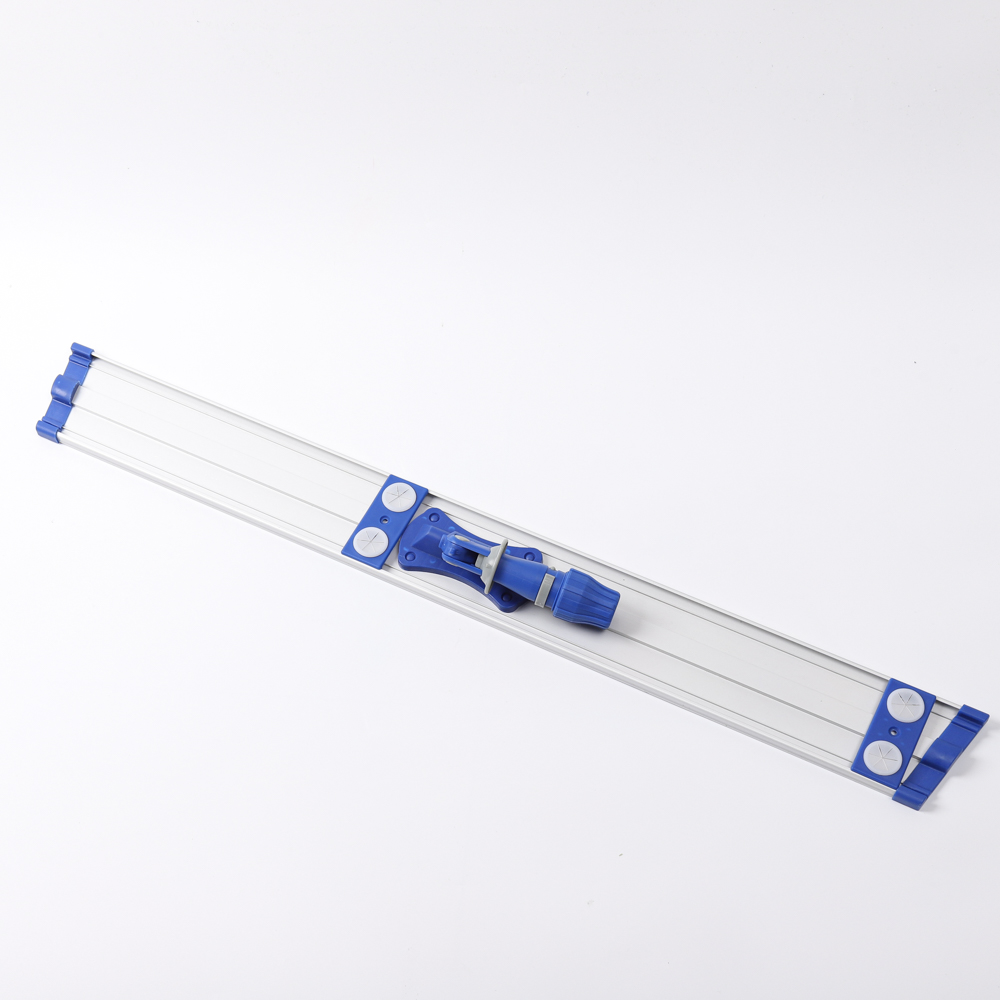
Aluminium mop frame and mop handle,Mop holder,Quick-release mop handle,Replacement mop handle,Stainless steel mop frame
jiangsu qiyun cleaning knitting product co.,ltd , https://www.jarfrry.com




